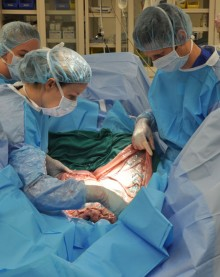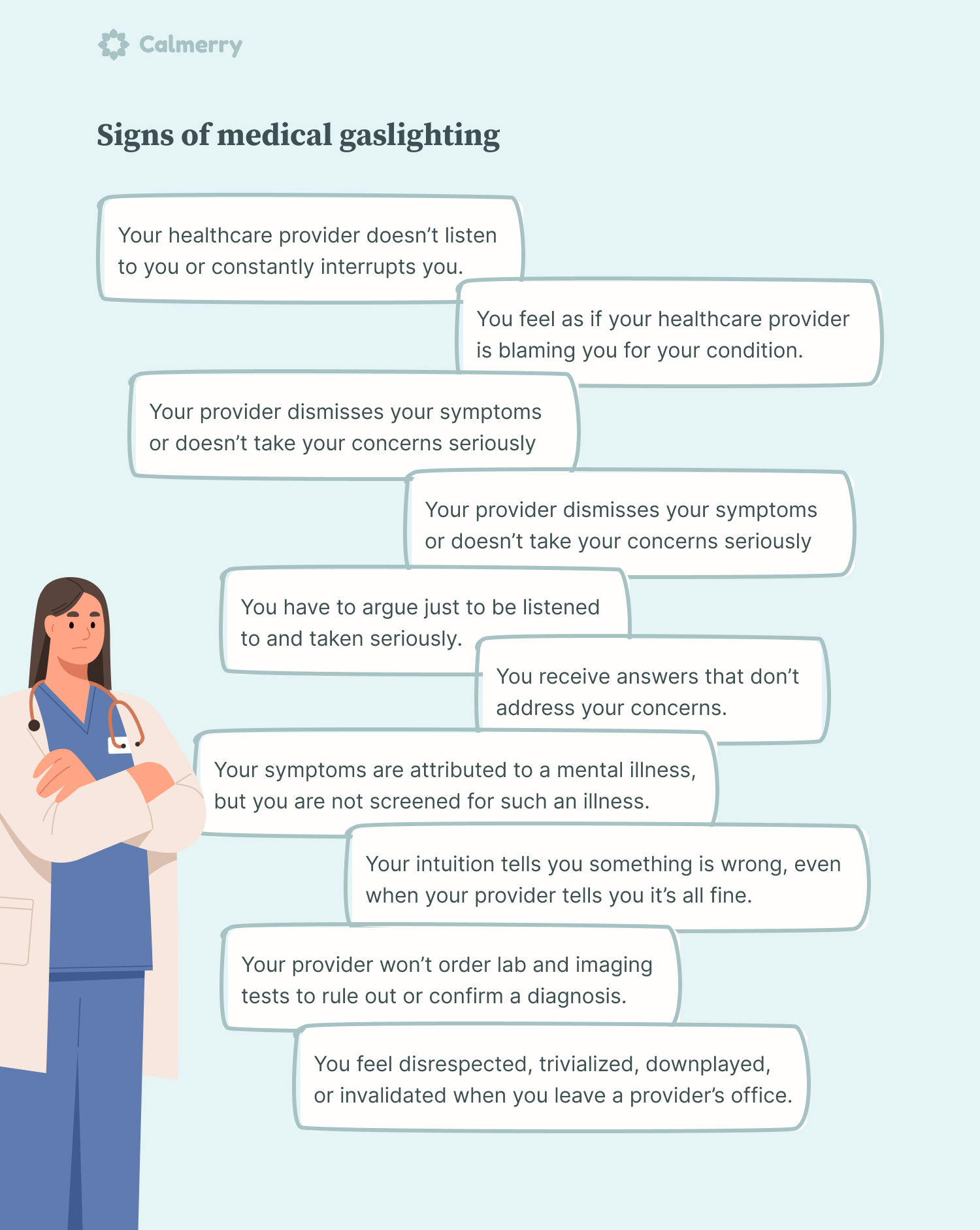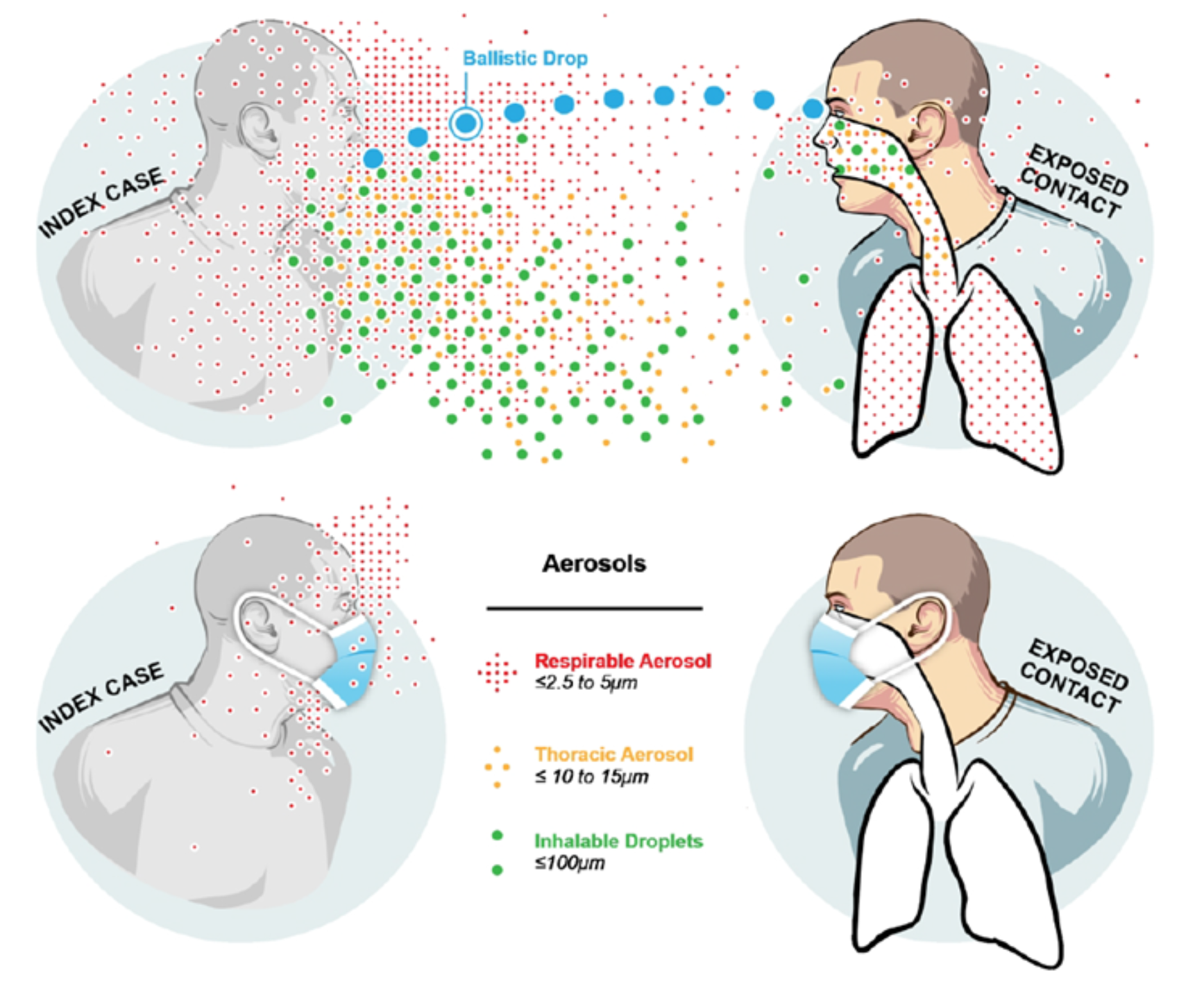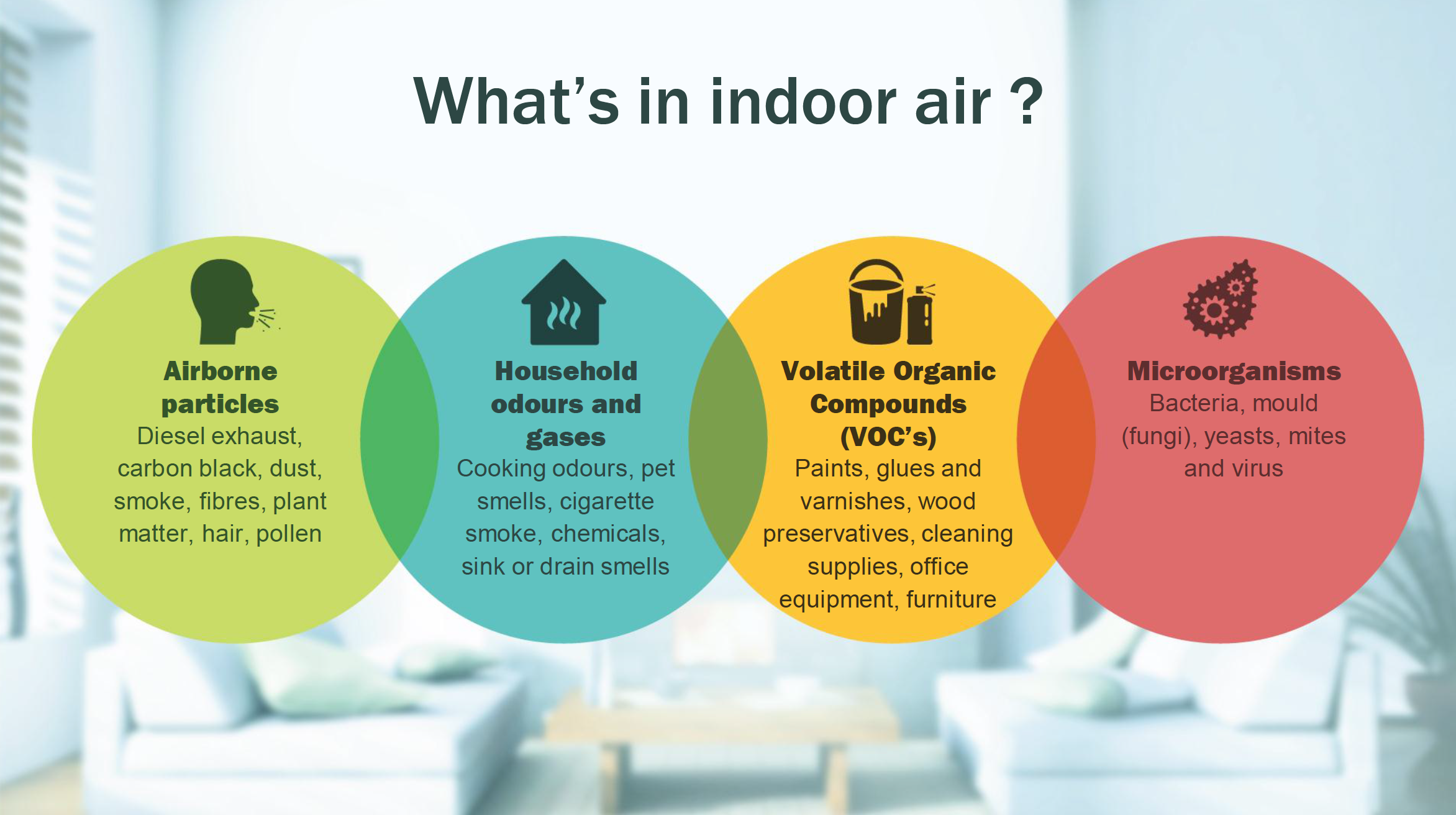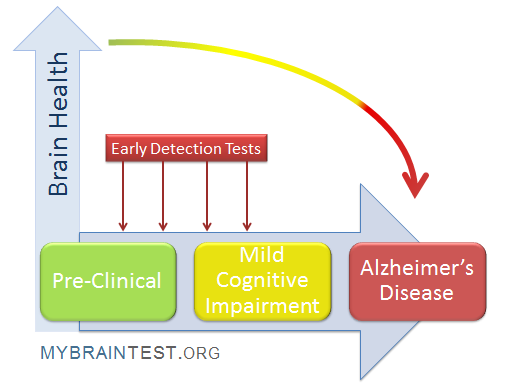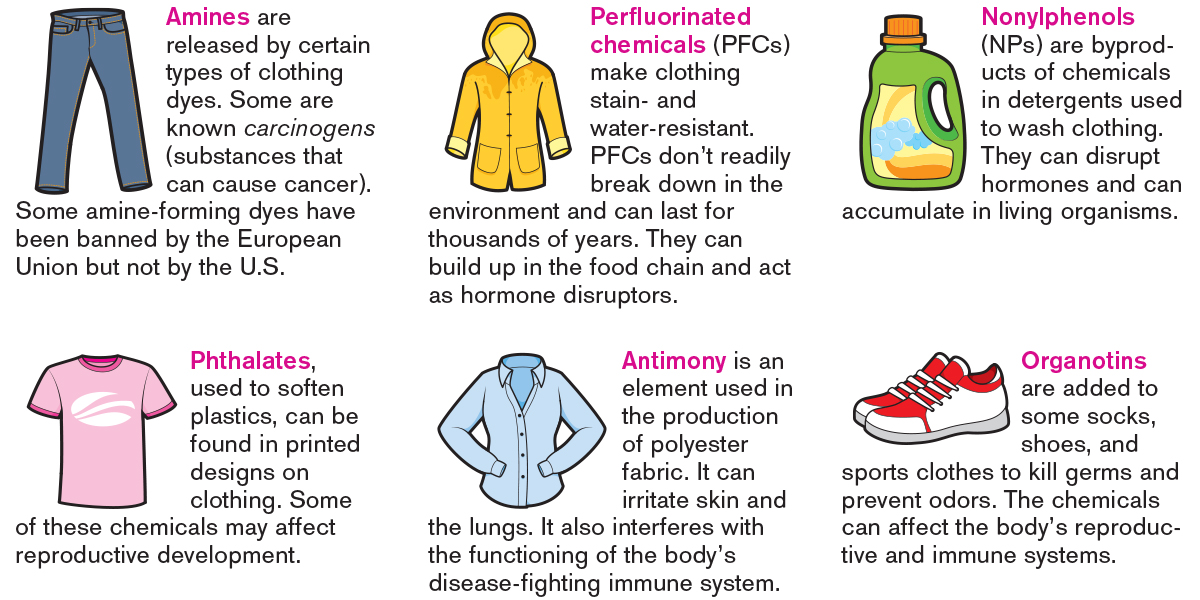U.S. health innovation stands at the forefront of global medical advancements, showcasing an extraordinary ecosystem that has continually evolved over the decades. The foundations of this innovative spirit were laid during World War II when government-driven biomedical research led to groundbreaking developments like the mass production of penicillin. This era of public-private partnerships harnessed the collective expertise of scientists and researchers, enabling significant healthcare innovation that has shaped modern medicine as we know it. Historical medical breakthroughs stemming from federal funding for research have not only advanced therapeutic approaches but also enhanced public health outcomes across various populations. As we navigate the complexities of contemporary healthcare, understanding the catalysts and frameworks behind U.S. health innovation remains crucial for addressing future challenges and opportunities.
The landscape of medical advancement in the United States reflects an intricate web of healthcare development characterized by collaborative efforts among government, academia, and industry. Often described as a beacon of biomedical progress, this system has roots tracing back to pivotal moments in history, particularly during wartime when the necessity for rapid healthcare solutions propelled innovation. Utilizing terms like health technology evolution and collaborative research funding, the core of this phenomenon rests in the synergy created through strategic investments and shared knowledge. This partnership model has fostered an environment ripe for breakthroughs that have not only saved lives but have transformed the healthcare sector globally. As we look ahead, understanding the implications of these historical insights is essential for fostering ongoing advancements in medical science.
The Foundations of U.S. Health Innovation
The United States has long been a leader in health innovation, with its foundations deeply rooted in historical events such as World War II. During the war, the collaboration between the federal government and academia led to breakthroughs that revolutionized medicine, most notably the mass production of penicillin. This public-private partnership was a critical response to the urgent need for advancements in health technologies, addressing infectious diseases that plagued soldiers during wartime. The innovation system that emerged not only saved countless lives during the war, but also set the stage for an era of unprecedented growth in biomedical research and healthcare innovation.
In the decades that followed, the U.S. health innovation ecosystem evolved significantly, boosting its capacity for groundbreaking research. This transformation was fueled by federal funding for research, which provided the necessary resources to academic institutions and industry alike. The collaboration of universities, government bodies, and private firms ensured the development of new therapies and technologies, reinforcing the idea that R&D investment is a shared responsibility essential for national health and security. The synergy of these three pillars has become a hallmark of American biomedical success, emphasizing the importance of historical medical breakthroughs as a foundation for future innovations.
Public-Private Partnerships in Biomedical Research
Public-private partnerships have played a pivotal role in the evolution of U.S. biomedical research, enabling a unique collaborative environment that fosters health innovation. This partnership model allows for a blending of resources, expertise, and objectives that can significantly enhance research outcomes. By pooling together the capabilities of government agencies, academic institutions, and private industries, these partnerships have resulted in monumental advancements in medical science, including the development of new drugs, therapies, and technologies that have improved public health.
Moreover, such collaborations have often led to the establishment of programs designed to streamline the processes of research and development. This includes creating clear paths for translating laboratory discoveries into market-ready products, thereby accelerating the availability of new treatments to patients. Nonetheless, the success of these partnerships heavily relies on consistent federal funding—a critical component that ensures the sustainability and effectiveness of collaborative research initiatives across the country.
The Challenges of Federal Funding in Healthcare Innovation
U.S. health innovation has thrived due to substantial federal funding, underpinning a robust ecosystem that supports a variety of biomedical research endeavors. Historically, funding from government entities, such as the National Institutes of Health (NIH), has allowed researchers to embark on ambitious projects that push the boundaries of scientific knowledge. However, in recent times, there has been an ongoing debate regarding the sufficiency and allocation of these essential funds. Concerns surrounding potential cuts to research funding have raised alarms within the scientific community, as reductions could threaten the momentum of healthcare innovation.
The implications of capping reimbursements for research costs could have a ripple effect throughout the innovation landscape, potentially diminishing the collaborative efforts between researchers and industry. This would not only jeopardize the progress of ongoing projects but may also deter future investment from private sectors wary of inadequately funded partnerships. The connection between federal funding and successful healthcare innovation cannot be understated; a balanced approach is crucial to maintain the strength of the U.S. biomedical research ecosystem.
Historical Medical Breakthroughs and Their Impact
Historical medical breakthroughs, such as the development of penicillin during World War II, have fundamentally shaped the landscape of modern medicine. These significant advancements were the result of collaborative efforts among scientists, military demands, and government funding, highlighting the integral role of public-private partnerships in promoting health innovations. Penicillin’s mass production marked the dawn of antibiotics, drastically reducing infection rates and reshaping healthcare protocols. This achievement not only showcased the possibilities of scientific collaboration but also established a model for future biomedical research initiatives.
Subsequent breakthroughs, including vaccines for polio and advances in medical imaging technologies, owe their success to the cooperative spirit fostered in the early days of U.S. health innovation. Each milestone built upon the lessons learned from previous efforts and reinforced the value of sustained investment in research. As these historical examples demonstrate, leveraging the strengths of diverse sectors within the healthcare system has proven essential for addressing public health challenges and continuously improving medical practices.
The Evolution of the Biomedical Ecosystem
The U.S. biomedical ecosystem has undergone remarkable transformations since its inception. The collaboration between universities, the life sciences industry, and federal research initiatives has intensified, forming a more integrated and dynamic system that accelerates innovation. Historical shifts, particularly the establishment of the NIH as a key funding body, have reinforced the commitment to advancing medical science. Modern biomedical research encompasses a vast range of disciplines and encourages interdisciplinary collaboration, resulting in innovative approaches to healthcare challenges.
Today, the biomedical ecosystem is marked by rapid advancements in technology and research methodologies. The integration of cutting-edge tools such as genomic sequencing, artificial intelligence in drug discovery, and novel therapeutic techniques demonstrates the progressive nature of U.S. health innovation. However, as the ecosystem evolves, it faces challenges, including maintaining adequate funding and ensuring equitable access to research outcomes. The commitment to fostering a collaborative environment remains vital for sustaining the growth and effectiveness of the U.S. health innovation landscape.
The Role of Education in Health Innovation
Education plays a crucial role in shaping the future of health innovation in the United States. Teaching the next generation of scientists through rigorous programs at universities forms the backbone of research and development efforts. Besides academic knowledge, hands-on training during pivotal historical moments like World War II cultivated a workforce of skilled researchers and innovators. The students and early-career professionals who entered laboratories during this era became instrumental in advancing biomedical research, pushing the frontiers of scientific exploration.
Investing in education is not only about developing technical skills but also nurturing the entrepreneurial spirit that drives healthcare innovation. Programs that emphasize entrepreneurship in biomedical research encourage aspiring scientists to translate their findings into practical applications. By fostering an innovative mindset within educational frameworks, the U.S. can ensure a continuous pipeline of talent that will contribute to groundbreaking advances in health and medicine for generations to come.
The Future of U.S. Health Innovation
Looking ahead, the future of U.S. health innovation is both promising and challenging. The existing framework of public-private partnerships has been an undeniable success, serving as a blueprint for other countries striving to replicate this model. Continued investment in research, along with strategic collaborations across industries, holds the potential to propel the next wave of breakthroughs in medicine. However, as the landscape evolves, maintaining a balanced approach to funding and collaboration will be essential to navigating the complex challenges posed by emerging health threats and evolving patient needs.
Moreover, as technology continues to advance, the intersection of data science and biomedical research will further redefine innovation pathways in healthcare. Harnessing big data and leveraging artificial intelligence in research processes can enhance accuracy, expedite drug discovery, and personalize treatment protocols. These advancements underscore the necessity of an adaptable health innovation system capable of responding effectively to rapid changes, ensuring that the U.S. remains at the forefront of global health initiatives.
Maintaining Momentum in Biomedical Research
Sustaining momentum in biomedical research is crucial for translating scientific discoveries into effective treatments and interventions. Continuous federal support is necessary to provide researchers with the resources they need to tackle challenging health problems. Moreover, the emphasis on collaboration among academic institutions, government entities, and private industry is essential to ensure a seamless transition from laboratory findings to real-world applications. By fostering an atmosphere that encourages innovation and knowledge-sharing across sectors, the biomedical research community can continue driving significant advancements in healthcare.
Furthermore, addressing concerns about funding caps and budgetary restrictions will be imperative to maintaining the robust ecosystem that has cultivated successful public-private partnerships. Engaging in advocacy efforts and forging strong alliances within the scientific and medical communities can help ensure that the importance of sustained investment in research is recognized and prioritized. Committing to these initiatives can enable the nation to uphold its legacy of innovation and burgeoning biomedical advancements for years to come.
Technological Innovations in Health Care
Technological innovations in healthcare are transforming how medical services are delivered, significantly impacting patient care and outcomes. Advances in telemedicine, wearable health devices, and electronic health records symbolize the integration of technology into everyday medical practice. These innovations not only expand access to health services, especially in underserved areas, but also promote more efficient management of patient data, allowing healthcare providers to make informed decisions rapidly.
Additionally, breakthroughs in technologies such as artificial intelligence and machine learning are paving the way for personalized medicine approaches. By analyzing vast amounts of clinical data, AI can assist in predicting disease outbreaks, optimizing treatment plans, and enhancing patient engagement in their health journeys. As the healthcare landscape evolves with these technological developments, it is essential for stakeholders to adapt and harness these advancements effectively to improve overall health outcomes and push the limits of current medical understanding.
Global Perspectives on U.S. Health Innovation
From a global perspective, U.S. health innovation is often viewed as a gold standard, inspiring nations worldwide to enhance their own health systems through collaboration and research. The lessons learned from America’s public-private partnerships and historical breakthroughs provide valuable insights into how to tackle common health challenges. Countries looking to improve their biomedical capabilities frequently examine the U.S. model, recognizing the potential benefits of integrating government support with private sector expertise in advancing healthcare solutions.
International collaborations, such as joint clinical trials and knowledge-sharing platforms, are becoming increasingly important in the pursuit of health innovation. By fostering cooperation between researchers and healthcare providers across borders, the potential for accelerated medical discoveries grows exponentially. As the world faces shared health threats, the continued promotion of U.S. health innovation models is vital for global progress, reaffirming the significance of collective efforts in addressing public health challenges.
Frequently Asked Questions
What is U.S. health innovation, and how has it evolved over time?
U.S. health innovation refers to advancements in medical technology, therapies, and overall healthcare systems resulting from research and development efforts. The evolution began with significant historical medical breakthroughs during World War II, including the mass production of penicillin through government-supported biomedical research. This partnership between academia and federal agencies laid the groundwork for ongoing healthcare innovation and established the United States as a leader in biomedical fields.
How does federal funding for research support U.S. health innovation?
Federal funding for research is crucial in supporting U.S. health innovation by providing financial resources to academic institutions, private companies, and laboratories. This funding enables advancements in biomedical research, which fosters the development of new treatments and technologies. The National Institutes of Health (NIH) plays a significant role by granting funds that spur innovation, ensuring that the United States remains at the forefront of healthcare solutions.
What role do public-private partnerships play in U.S. health innovation?
Public-private partnerships are essential for U.S. health innovation as they bring together government resources and private sector expertise. These collaborations facilitate sharing knowledge, funding, and technical skills, promoting biomedical research and accelerating healthcare innovation. By leveraging each sector’s strengths, public-private partnerships create a robust ecosystem that leads to effective problem-solving and medical breakthroughs.
What were some historical medical breakthroughs that shaped U.S. health innovation?
Historical medical breakthroughs, such as the discovery and mass production of penicillin during World War II, significantly shaped U.S. health innovation. These advancements were a direct result of robust public-private research partnerships that aimed to address urgent health challenges during wartime. Such milestones not only improved military health but also established foundational practices in modern biomedical research and drug development.
Why is the partnership between federal government and academia important for healthcare innovation?
The partnership between the federal government and academia is crucial for healthcare innovation as it enables the collaborative development of new technologies and therapies. This collaboration, which began during World War II, has facilitated critical biomedical research, fostering an environment where innovative solutions can emerge. By working together, these entities can efficiently address public health challenges and contribute significantly to advancements in medical science.
What challenges face the future of U.S. health innovation?
Future challenges for U.S. health innovation include potential cuts to federal funding for biomedical research and the need to maintain effective public-private partnerships. Concerns over reimbursement policies for indirect costs in research and the increasing pressure to deliver results may hinder the sustainability of the current innovation framework. Ensuring continuous support for research and collaboration is essential to overcoming these obstacles and sustaining progress in healthcare innovations.
| Key Point |
Description |
| Historical Background |
The U.S. health innovation ecosystem began during WWII, with government-funded research leading to breakthroughs like penicillin. |
| Public-Private Partnership |
The partnership between academia and the federal government was established to meet urgent wartime needs, creating a supportive framework for technological advancement. |
| Impact of WWII |
Innovations during WWII reduced military disease rates significantly and laid the groundwork for future biomedical advancements. |
| Postwar Developments |
Following the war, the foundation established during this period allowed for the growth of biomedical science and the pharmaceutical industry. |
| Long-term Success |
The partnership has produced remarkable medical advancements, with significant contributions from young researchers trained in wartime projects. |
Summary
U.S. health innovation is a model admired globally, rooted in a historic public-private partnership that began during World War II. The collaboration between the government and academic institutions has not only driven significant medical advancements but also established an enduring framework for ongoing innovation in healthcare and pharmaceuticals. As we consider the future, it is vital to preserve and enhance this successful synergy, ensuring that U.S. health innovation continues to thrive and evolve.
